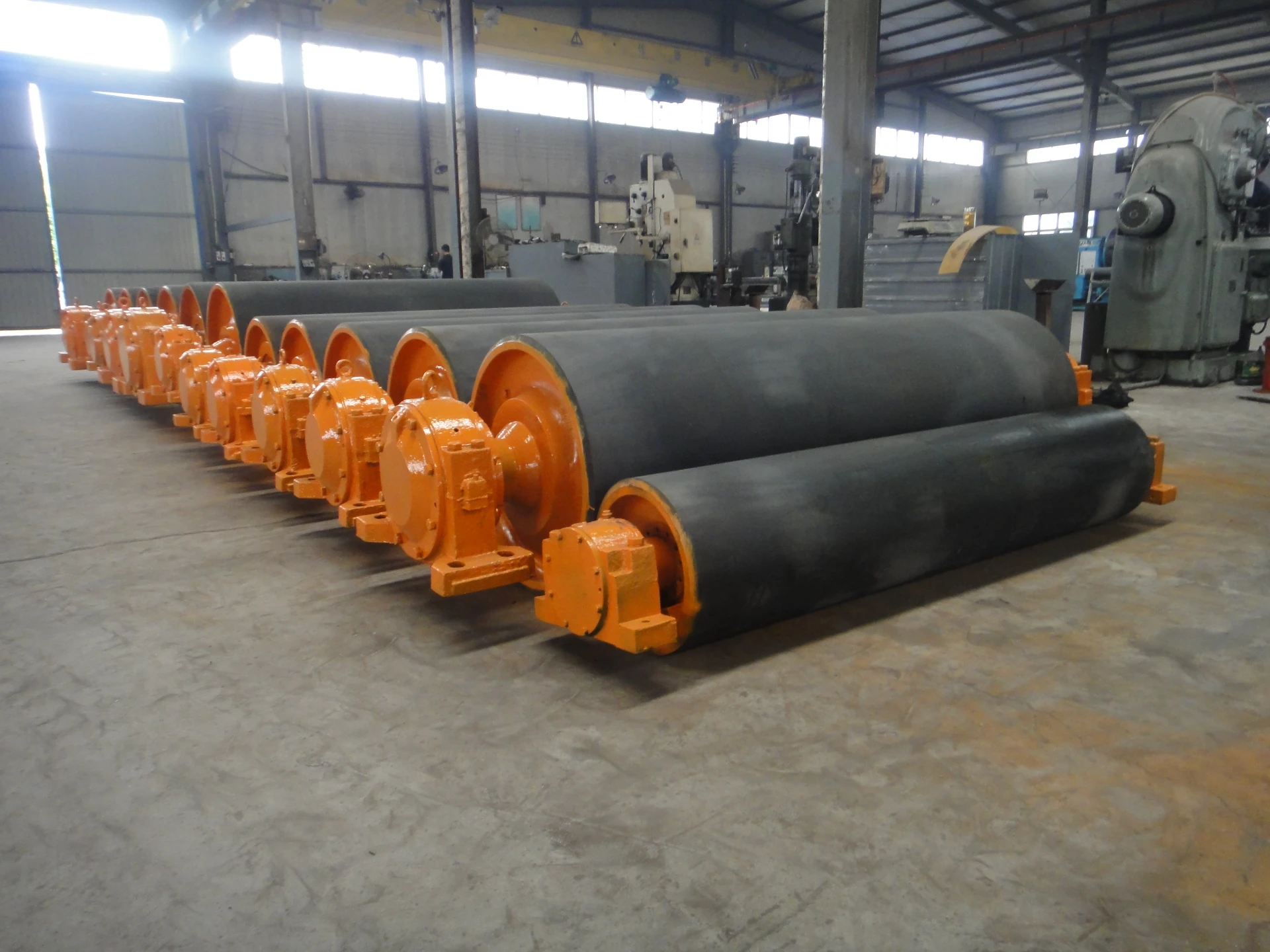 Afrikaans
Afrikaans  Albanian
Albanian  Amharic
Amharic  Arabic
Arabic  Armenian
Armenian  Azerbaijani
Azerbaijani  Basque
Basque  Belarusian
Belarusian  Bengali
Bengali  Bosnian
Bosnian  Bulgarian
Bulgarian  Catalan
Catalan  Cebuano
Cebuano  Corsican
Corsican  Croatian
Croatian  Czech
Czech  Danish
Danish  Dutch
Dutch  English
English  Esperanto
Esperanto  Estonian
Estonian  Finnish
Finnish  French
French  Frisian
Frisian  Galician
Galician  Georgian
Georgian  German
German  Greek
Greek  Gujarati
Gujarati  Haitian Creole
Haitian Creole  hausa
hausa  hawaiian
hawaiian  Hebrew
Hebrew  Hindi
Hindi  Miao
Miao  Hungarian
Hungarian  Icelandic
Icelandic  igbo
igbo  Indonesian
Indonesian  irish
irish  Italian
Italian  Japanese
Japanese  Javanese
Javanese  Kannada
Kannada  kazakh
kazakh  Khmer
Khmer  Rwandese
Rwandese  Korean
Korean  Kurdish
Kurdish  Kyrgyz
Kyrgyz  Lao
Lao  Latin
Latin  Latvian
Latvian  Lithuanian
Lithuanian  Luxembourgish
Luxembourgish  Macedonian
Macedonian  Malgashi
Malgashi  Malay
Malay  Malayalam
Malayalam  Maltese
Maltese  Maori
Maori  Marathi
Marathi  Mongolian
Mongolian  Myanmar
Myanmar  Nepali
Nepali  Norwegian
Norwegian  Norwegian
Norwegian  Occitan
Occitan  Pashto
Pashto  Persian
Persian  Polish
Polish  Portuguese
Portuguese  Punjabi
Punjabi  Romanian
Romanian  Russian
Russian  Samoan
Samoan  Scottish Gaelic
Scottish Gaelic  Serbian
Serbian  Sesotho
Sesotho  Shona
Shona  Sindhi
Sindhi  Sinhala
Sinhala  Slovak
Slovak  Slovenian
Slovenian  Somali
Somali  Spanish
Spanish  Sundanese
Sundanese  Swahili
Swahili  Swedish
Swedish  Tagalog
Tagalog  Tajik
Tajik  Tamil
Tamil  Tatar
Tatar  Telugu
Telugu  Thai
Thai  Turkish
Turkish  Turkmen
Turkmen  Ukrainian
Ukrainian  Urdu
Urdu  Uighur
Uighur  Uzbek
Uzbek  Vietnamese
Vietnamese  Welsh
Welsh  Bantu
Bantu  Yiddish
Yiddish  Yoruba
Yoruba  Zulu
Zulu rubber lagging pulley
Understanding Rubber Lagging Pulley Importance and Applications
In the realm of industrial machinery, efficiency and performance are paramount. One crucial component that often enhances the functionality and longevity of conveyor systems is the rubber lagging pulley. This article will delve into what rubber lagging pulleys are, their significance in various industries, and the benefits they bring to the table.
What is a Rubber Lagging Pulley?
A rubber lagging pulley is a type of pulley designed for use in conveyor systems and other industrial applications. The pulley, typically made of metal, is coated with a layer of rubber known as lagging. This rubber layer serves multiple purposes, including providing grip between the pulley and the conveyor belt, preventing slippage, and protecting the pulley from wear and tear. The lagging can vary in thickness, texture, and rubber type depending on the specific requirements of the application.
Importance of Rubber Lagging Pulley
Rubber lagging pulleys play a crucial role in enhancing the performance of conveyor systems in various industries, including mining, forestry, and manufacturing. Here are some reasons why they are vital
1. Improved Traction and Grip One of the primary purposes of rubber lagging is to increase the coefficient of friction between the pulley and the conveyor belt. This enhanced grip reduces slippage, allowing the conveyor to operate efficiently. This is particularly important in applications that involve heavy loads or incline movements, where additional traction is necessary to prevent belt misalignment or failure.
2. Protection Against Wear The harsh environments in which many industrial machines operate can lead to significant wear and tear on equipment. Rubber lagging acts as a protective layer for the pulley, absorbing impact and reducing the risk of damage from external factors such as dust, moisture, and debris. This prolongs the life of the pulley and, consequently, the entire conveyor system.
3. Reduced Noise and Vibration The elasticity of rubber helps dampen vibrations and noise generated during the operation of conveyor systems. This is particularly beneficial in settings where noise reduction is a priority, such as in urban environments or sensitive workspaces.
4. Improved Load Distribution The rubber lagging can help distribute loads more evenly across the surface of the pulley. This distribution not only enhances the efficiency of the conveyor system but also minimizes the risk of localized stress points that can lead to premature failure.
rubber lagging pulley

5. Resistance to Environmental Factors Rubber lagging is often designed to be resistant to various environmental factors, such as heat, cold, moisture, and chemical exposure. This makes rubber lagging pulleys suitable for a wide range of applications in industries that face diverse operational challenges.
Applications of Rubber Lagging Pulley
Rubber lagging pulleys can be found in numerous applications across various sectors
- Mining Industry They are frequently used in the transportation of mined materials, where high traction and durability are necessary due to the heavy loads and rugged conditions.
- Aggregate and Material Handling In construction and material handling, rubber lagging pulleys play a vital role in efficiently moving resources, ensuring that the system runs smoothly without interruptions due to slippage.
- Food Processing In food industry applications, rubber lagging can be chosen for its hygienic properties and the ability to withstand wash-down processes, ensuring that operations remain compliant with health standards.
- Forestry and Logging Rubber lagging provides the necessary grip required for transporting logs through various terrains while protecting the equipment from potential damage associated with rough handling.
Conclusion
Rubber lagging pulleys are an integral component of modern industrial machinery, contributing to the efficiency, longevity, and safety of conveyor systems. By providing improved traction, wear protection, and resistance to environmental impacts, these pulleys significantly enhance operational productivity in various industries. As companies continue to seek ways to optimize their processes and minimize downtime, incorporating rubber lagging pulleys into their systems is a decision that can yield substantial returns on investment. With ongoing advancements in materials and technology, the future of rubber lagging pulleys looks promising, continuing to evolve alongside the needs of industrial applications.
-
Revolutionizing Conveyor Reliability with Advanced Rubber Lagging PulleysNewsJul.22,2025
-
Powering Precision and Durability with Expert Manufacturers of Conveyor ComponentsNewsJul.22,2025
-
Optimizing Conveyor Systems with Advanced Conveyor AccessoriesNewsJul.22,2025
-
Maximize Conveyor Efficiency with Quality Conveyor Idler PulleysNewsJul.22,2025
-
Future-Proof Your Conveyor System with High-Performance Polyurethane RollerNewsJul.22,2025
-
Driving Efficiency Forward with Quality Idlers and RollersNewsJul.22,2025





























